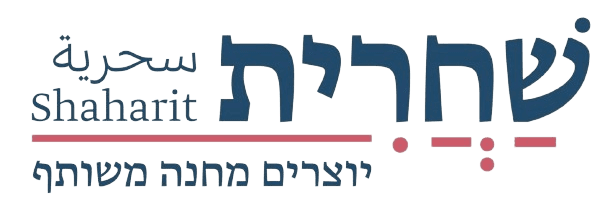[pdf-embedder url=”https://www.shaharit.org.il/wp-content/uploads/2018/10/Mizrahi-Survey-Powerpoint.pdf” title=”Mizrahi Survey Powerpoint”]
Mizrahim: The Interplay of Israeli, Jewish and Mizrahi Identity
Mizrahi identity can be considered fluid. President Rivlin did not include it as one of his four tribes, preferring to see their primary, tribal identity as dividing between Haredi, Religious Zionist or secular identity. But Mizrahi identity is central to the changing landscape of Israel. Over 40% of Israeli Jews come from a Mizrahi background, and one senses the growing presence of Mizrahi culture in the Israeli public square. The changing face of Israel is intimately linked with the weakening of Ashkenazic dominance, and a rising Mizrahi presence defining Israeli society, culture and politics.
1000 respondents were interviewed who either were born in the Middle East or North Africa, or with at least one parent or grandparent who was born there, regardless of the extent to which they defined themselves as “Mizrahim”. In broad strokes, one sees a population that is committed to tradition, right-leaning politically relative to the larger population, aware of discrimination in the past but ambivalent about discrimination in the present, being Jewish and Israeli (but not necessarily Mizrahi) as central characteristics of their identity, open to changes in traditional sex roles, and experiencing social-economic mobility.
When looking for what separates the various Mizrahi respondents, the central predictor of differences was self-definition of their identity. Those that claimed higher percentages of their identity were Mizrahi (“what percentage of your identity is Jewish? Israeli? Mizrahim? Country of origin – Moroccan, Tunisian, Iraqis, Yemenite etc.”), also saw tradition as more important, were more comfortable in the company of other Mizrahim, were doing less well economically than their parents, justified politicians who emphasize discrimination against Mizrahim, and leaned farther right. A strong particularly Mizrahi identity was never found statistically to the left of the political map. So, for example, the mixing of a strong Mizrahi identification along with a leftist “politics of recognition,” has today no natural constituency. On the left one would find those whose identity was primarily defined as “Israeli”, with the middle of the map dominated by respondents with various degrees of Jewish and Israeli identity.
These conflicting answers to the survey served as the basis to create six archetypes of Mizrahim in Israel, with suggestive results. Interestingly and importantly, the largest archetype (29.5%) whom we coined “A Good Place in the Middle”, responded to most questions exactly in between the two poles, and were the only archetype to define their identity overwhelmingly as both Israeli and Jewish, in equal measures. In many ways they represent the middle-class Mizrahi sociology. Additional subgroups include “Feeling of Deprivation and Exclusion” (8% of respondents), “Tradition, Religion, and Tradition” (17%), “Pride and Belonging” (19% of respondents), Givatayim (13%), and Tel Avivians (14%).



